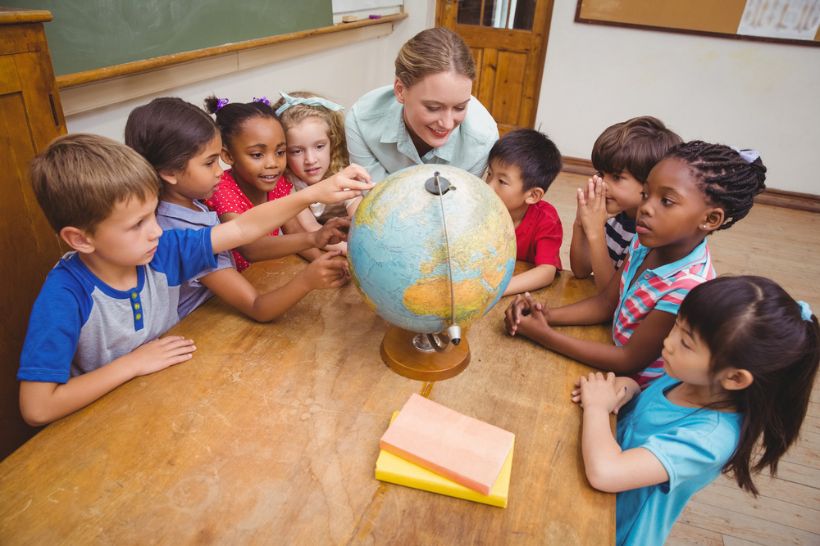Students will study new artistic mediums like mural painting and augmented reality as part of the new curriculum.
“We expose them to many art forms and art works and we bring them to real experiences like the museum to gather more information,” Maefrize Khoo, an art instructor, said.
She continued by saying that the students are incredibly inventive and inquisitive for their age.
“They don’t mind trying new things and when they collect all this information, their brains will develop,” she stated.
These aspiring artists, though, are still hankering want more.
Ng Jun Ying, a student in Primary 5, stated, “I would like to do more digital art and learn how to make more realistic (drawings).”
NEXT YEAR’S NEW ART SYLLABUS
When the art curriculum for elementary schools is updated the next year, she could just obtain her wish.
The Ministry of Education (MOE) stated in a news release on Monday, July 17, that the syllabus has been updated “in tandem with the evolving global and education landscape.”
According to the statement, “it aims to develop in students the competencies and dispositions of an active artist and an informed audience, and it continues to place emphasis on building students’ capacity to enjoy art.”
Students will study new artistic mediums like mural painting and augmented reality as part of the new curriculum.
Teachers who experiment with using technology to make art will also receive assistance and instruction.
A greater variety of regional artists, such as Sarkasi Said and Tan Zi Xi, who served as inspiration for student pieces during the Singapore Youth Festival, will also be introduced to the students.

MORE CURRENT, LOCAL ARTWORKS
Shirley Wee, MOE’s lead specialist for art, told CNA938 on Monday that the organization had co-curated a new list with the National Arts Council that features more modern and local artworks.
“We genuinely hope that our pupils will be able to draw the connection and, as a result, have a greater appreciation for the culture and heritage,” the speaker stated.
The ministry considered carefully the criticism from teachers indicating that some artworks would be too abstract and difficult for young students, the source told CNA.
In addition to encouraging students to reinterpret well-known works, schools can invite nearby artists to give seminars.
“It is obviously not enough for them to hear from the teachers alone. Art instructor Athena Wee of Peiying Primary School stated, “It’s great for them to hear from artists and hear their artistic processes, why they do what they do, and what are some thinking behind the creation of their artwork.”
Undoubtedly, learning takes place outside of the classroom.
She stated that digital art and digital photography will be included in the new curriculum, pointing out that technical advancements have been made in artistic practices.
She went on to say that she is excited about the extra tools art instructors will get to help them adjust to the changes.
“I would hope that the new curriculum will give more joy for students who learn art,” stated Ms. Khoo of Anderson Primary School.
Through their creativity, they can learn to trust themselves and explore new horizons for themselves, which is why we truly hope that they will develop into good citizens who care about the environment.


